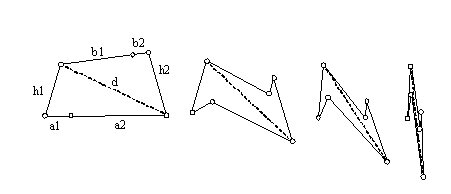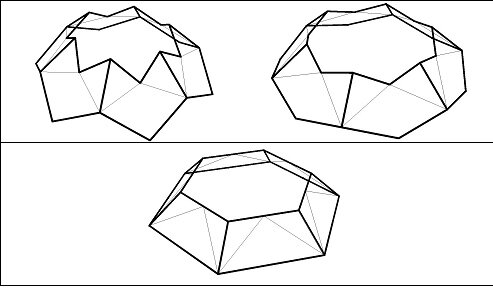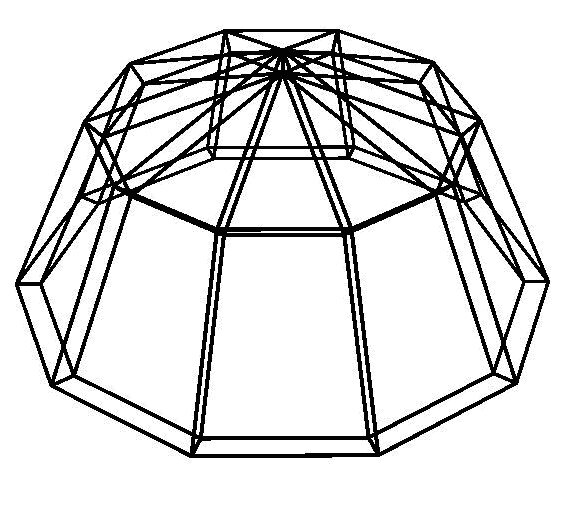Low weight, compactly deployable support structure
| 568 - Abstract: |
| The European Space Agency (ESA) has developed a low weight compactly deployment method and support structure. This technology can be used in civil engineering and infrastructure such as deployable bridges, and towers or domes and roofs. License agreement collaborations are sought. |
Description of the offer:
The offered technology provides a low weight, compactly deployable support structure suitable for large deployable apertures. It is based on a bar-linkage structure, convertible from a deployed state into a folded state and vice versa. This concept allows the construction of unit cells of scalable and modular deployable structures with double curvature. This technology provides a deployment principle for support structures that enable a flexible modular architecture for building large apertures. Every strut is coupled to two others by a revolute joint forming a closed loop. The general concept of the folding scheme of a facet is depicted hereafter:
Several cells can be connected in order to build a modular construction. The key to that feature is the kinematics of the joints between facets and modules.
Concerning civil engineering applications, the cases of domes and large deployable buildings has been studied in some detail. As an example, the figure below shows a construction in a deployed state that could be either the dome of a large circular building or a large foldable tent, depending on the cross sections and dimensions of the bars. The kinematics of the deployment are as described for the space structures, with the difference of needing a central pole during the deployment that can be removed when deployed. The resulting double layers of bars or beams, provide stiffness and strength to the construction, as well as room for isolation in between the exterior roof and the interior concentric ceiling.
Innovations and advantages:
The offered technology improves actual folding / deploying structure methods.
- The package size ratio can be optimised in order to transport the structures folded and deploy in-situ
- The mass/stiffness ratio is improved
- The deployment and folding processes are reversible
- Complex shapes can be reproduced, with positive or negative curvature
- Scalability allows to grow in size by employing conventional truss-structure principles
- Modularity allows further growth, with reduced development costs
Domain of application:
This technology could be used in civil engineering and infrastructure construction.








